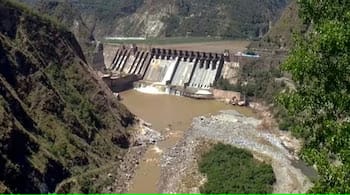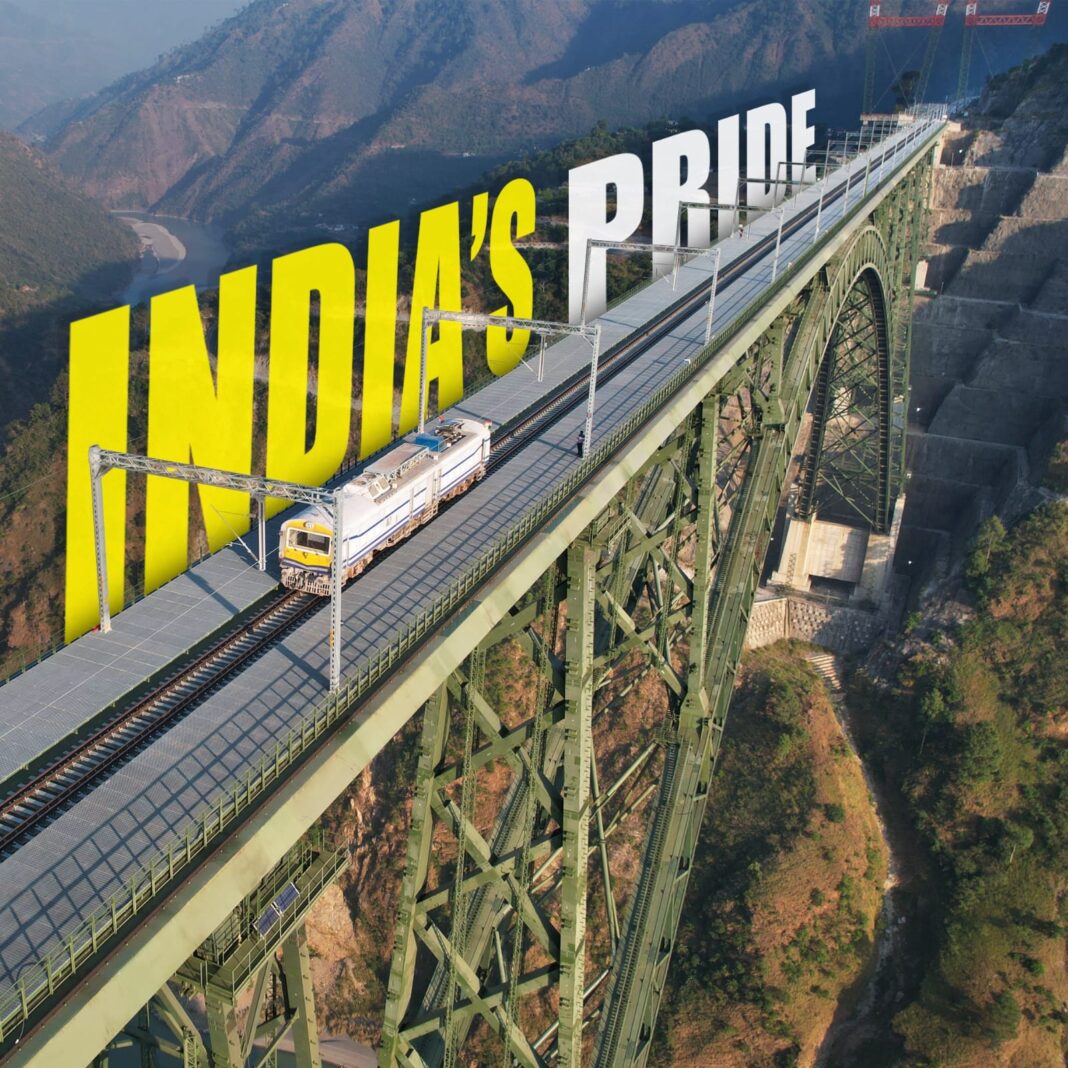The Udhampur-Srinagar-Baramulla Rail Link:
Published on: June 07, 2025
By: [BTNI Exclusive]
Baramulla Rail Link (USBRL) project stands as a monumental achievement in India’s infrastructure landscape, weaving through the rugged terrains of Jammu and Kashmir to connect the Kashmir Valley with the rest of the country. Spanning 272 kilometers, this ambitious railway line is not just a transportation network but a symbol of resilience, innovation, and national integration. Hailed as one of the most challenging railway projects in the world, the USBRL showcases India’s engineering prowess, overcoming formidable geographical and climatic obstacles to bring connectivity, economic growth, and unity to a region long isolated by its topography.
A Journey Through the Himalayas
Initiated in 1997, the USBRL project was envisioned to link the picturesque but remote Kashmir Valley to India’s vast railway network. The route stretches from Udhampur, near Jammu, through the treacherous Himalayan ranges, to Srinagar, and onward to Baramulla in the north. What makes this project extraordinary is the sheer complexity of its terrain: steep gradients, seismic zones, unstable geology, and extreme weather conditions, including heavy snowfall and torrential rains. The railway traverses deep gorges, turbulent rivers, and towering mountains, requiring engineering solutions that push the boundaries of modern technology.
The USBRL includes 38 tunnels with a combined length of over 119 kilometers, with the iconic Chenab Bridge—often dubbed the world’s highest railway bridge—standing as the crown jewel. Soaring 359 meters above the Chenab River, this architectural marvel spans 1.3 kilometers and is designed to withstand earthquakes and wind speeds of up to 260 kmph. Another highlight is the Anji Khad Bridge, India’s first cable-stayed railway bridge, which exemplifies cutting-edge engineering. These structures, along with numerous viaducts and stations, make the USBRL a testament to human ingenuity.
Overcoming Unprecedented Challenges
The USBRL project has faced challenges that are as daunting as the Himalayan peaks themselves. The region’s geology, marked by young and unstable mountains, posed risks of landslides and tunnel collapses. Engineers employed advanced techniques like the New Austrian Tunneling Method (NATM) to stabilize tunnels, while seismic considerations were integrated into every design to ensure safety in this earthquake-prone zone. Harsh winters, with temperatures plummeting below freezing, and heavy monsoon rains further complicated construction, often halting work for months.
Security concerns in the region added another layer of complexity, requiring meticulous coordination to ensure the safety of workers and materials. Despite these hurdles, the Indian Railways, along with agencies like the Northern Railway and Konkan Railway Corporation, persevered, blending local expertise with global engineering standards. The project’s completion reflects not only technical excellence but also the determination to connect a region that has long faced accessibility challenges.

A Catalyst for Progress
Beyond its engineering feats, the USBRL is a lifeline for Jammu and Kashmir. The railway has slashed travel times, making the journey from Jammu to Srinagar faster, safer, and more affordable than road travel. It facilitates the movement of goods, boosting local economies dependent on agriculture, horticulture, and tourism. Apples from Kashmir’s orchards, handicrafts, and other products now reach national markets more efficiently, while tourists can explore the valley’s breathtaking landscapes with greater ease.
The railway also fosters social and cultural integration, bridging divides between communities and strengthening national unity. For the people of Jammu and Kashmir, the USBRL is more than a railway—it is a pathway to opportunity, connecting dreams to reality.
A Global Engineering Marvel
The USBRL has earned international acclaim for its scale and ambition. Comparable to iconic railway projects like China’s Qinghai-Tibet Railway or Switzerland’s Gotthard Base Tunnel, it stands out for its unique challenges and innovative solutions. The Chenab Bridge, in particular, has become a global icon, drawing comparisons to Portugal’s Aqueduto das Águas Livres for its architectural grandeur.
As the project nears full operational status, with key sections already functional and the remaining stretches slated for completion, the USBRL is poised to redefine connectivity in one of India’s most strategically important regions. It is a shining example of what can be achieved when vision, perseverance, and engineering excellence converge.
Also read- https://www.btnewsindia.com/corporate-financial-reporting-from-hard-copies-to-digital-qr-codes/ https://www.btnewsindia.com/डिप्टी-सीएम-विजय-शर्मा-ने/
Looking Ahead
The Udhampur-Srinagar-Baramulla Rail Link is more than a railway—it is a beacon of progress, a bridge over the Himalayas, and a testament to India’s unwavering ambition. As trains rumble through its tunnels and over its towering bridges, they carry not just passengers and cargo but the promise of a brighter, more connected future for Jammu and Kashmir. This extraordinary feat of engineering will inspire generations, proving that no mountain is too high when human determination sets its sights on the horizon.




